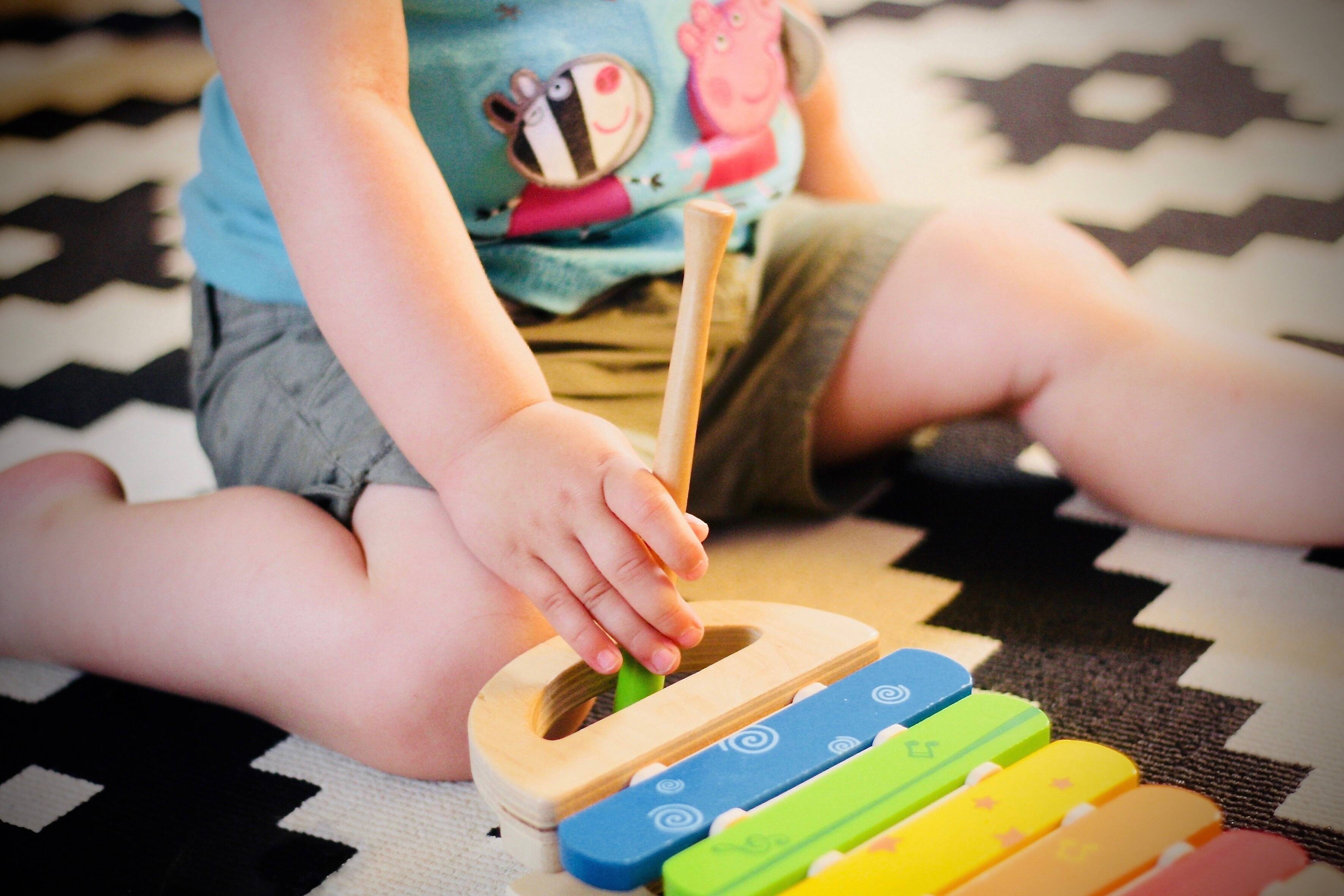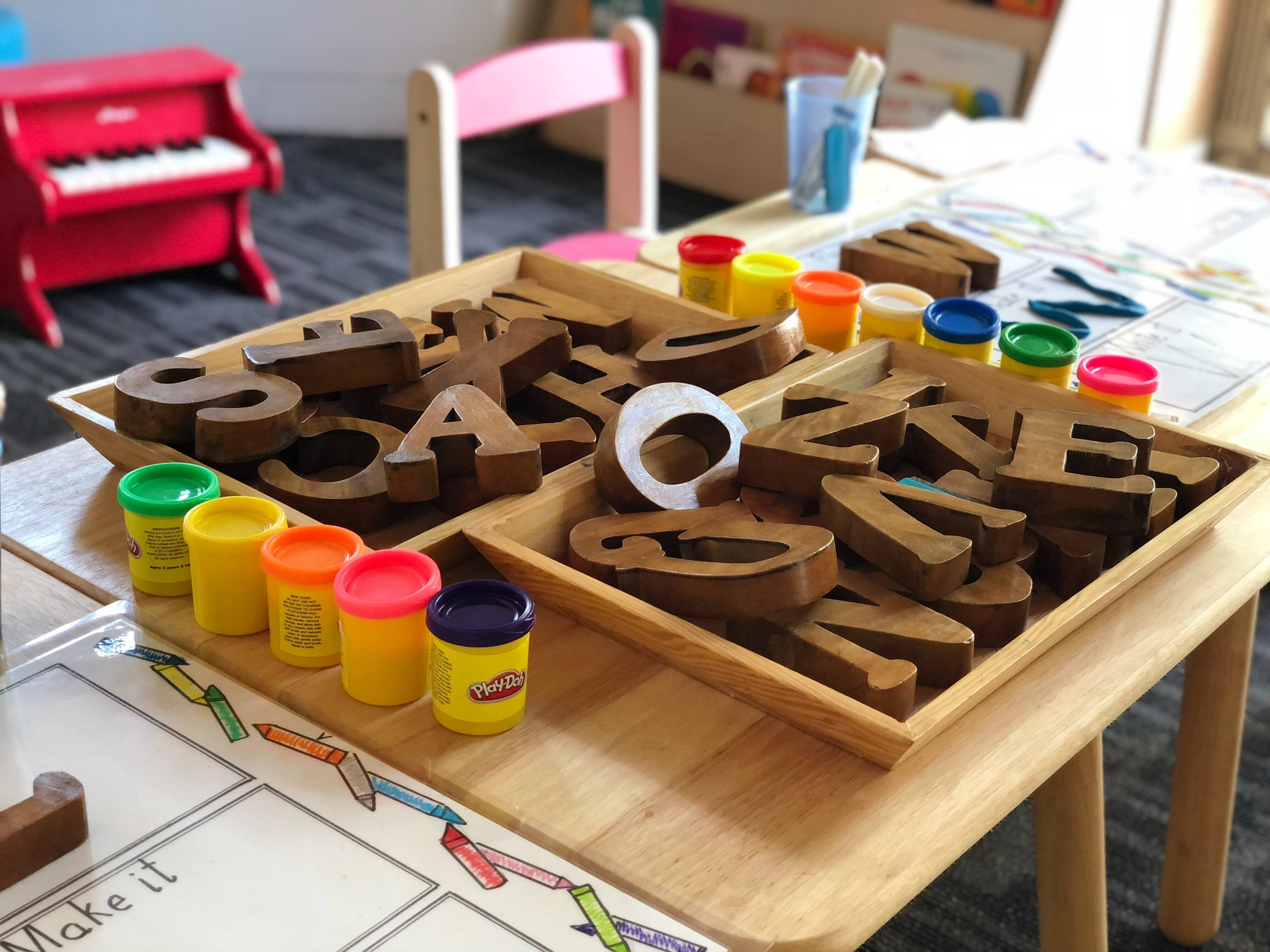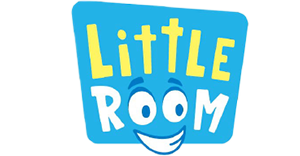Email format error
Email cannot be empty
Email already exists
6-20 characters(letters plus numbers only)
The password is inconsistent
Please enter the email address you’d like your password reset information sent to.
Email format error
Email cannot be empty
Email does not exist
Reset account password
For the account
6-20 characters(letters plus numbers only)
The password is inconsistent
Reset success
Your password was reset. You can log in using your new password.
Login

News
Happy Arts & Crafts , your reliable partner for OEM/ODM business!

The Benefits of Educational Toys in Kindergarten: Enhancing Learning and Development
2023-10-17 14:27:26
As educators and parents, we understand the importance of providing children with a solid foundation for learning and development. Kindergarten is a crucial stage in a child’s educational journey, where they begin to explore and acquire essential skills. One effective way to enhance the learning experience in kindergarten is through the use of educational toys. These toys not only engage children in play but also promote cognitive, social, and physical development. In this blog, we will explore the numerous benefits of incorporating educational toys in kindergarten classrooms.


📚Cognitive Development
Educational toys play a vital role in stimulating cognitive development in kindergarteners. These toys are designed to challenge children’s thinking, problem-solving, and decision-making skills. For example, building blocks encourage spatial awareness, logical thinking, and creativity. Puzzles help develop critical thinking and problem-solving abilities. By engaging with educational toys, children learn to think independently, make connections, and develop a deeper understanding of concepts.
📚Social and Emotional Development
Kindergarten is a time when children begin to interact and socialize with their peers. Educational toys provide opportunities for collaborative play, fostering social skills and emotional development. Board games, for instance, teach children about turn-taking, sharing, and cooperation. Role-playing toys, such as kitchen sets or doctor kits, encourage imaginative play and help children understand different roles and emotions. Through these interactions, children learn empathy, communication, and conflict resolution skills.
📚Language and Literacy Skills
Educational toys can also support the development of language and literacy skills in kindergarteners. Toys that incorporate letters, numbers, and words help children become familiar with the alphabet, counting, and basic vocabulary. Interactive toys with sound and music enhance listening and language comprehension. By engaging with these toys, children develop early literacy skills, such as letter recognition, phonics, and vocabulary building.
📚Fine and Gross Motor Skills
Physical development is a crucial aspect of a child’s growth, and educational toys can contribute to the development of both fine and gross motor skills. Fine motor skills involve the coordination of small muscles, such as those used for writing or manipulating small objects. Toys like building blocks, puzzles, and art supplies help children refine their hand-eye coordination, dexterity, and finger strength. Gross motor skills, on the other hand, involve the coordination of larger muscle groups. Toys that encourage physical activity, such as balls, balance boards, or climbing structures, help children develop their balance, coordination, and overall physical fitness.
Conclusion
Incorporating educational toys in kindergarten classrooms offers numerous benefits for children’s learning and development. From enhancing cognitive skills to promoting social and emotional growth, these toys provide a well-rounded educational experience. As a leading educational toy manufacturer, we are committed to providing high-quality toys that support kindergarten curricula and engage young learners. Explore our wide range of educational toys and give your kindergarteners the tools they need to thrive and succeed.
Visit our website to explore our extensive collection of educational toys designed to enhance learning and development in kindergarten classrooms.
Contact us


